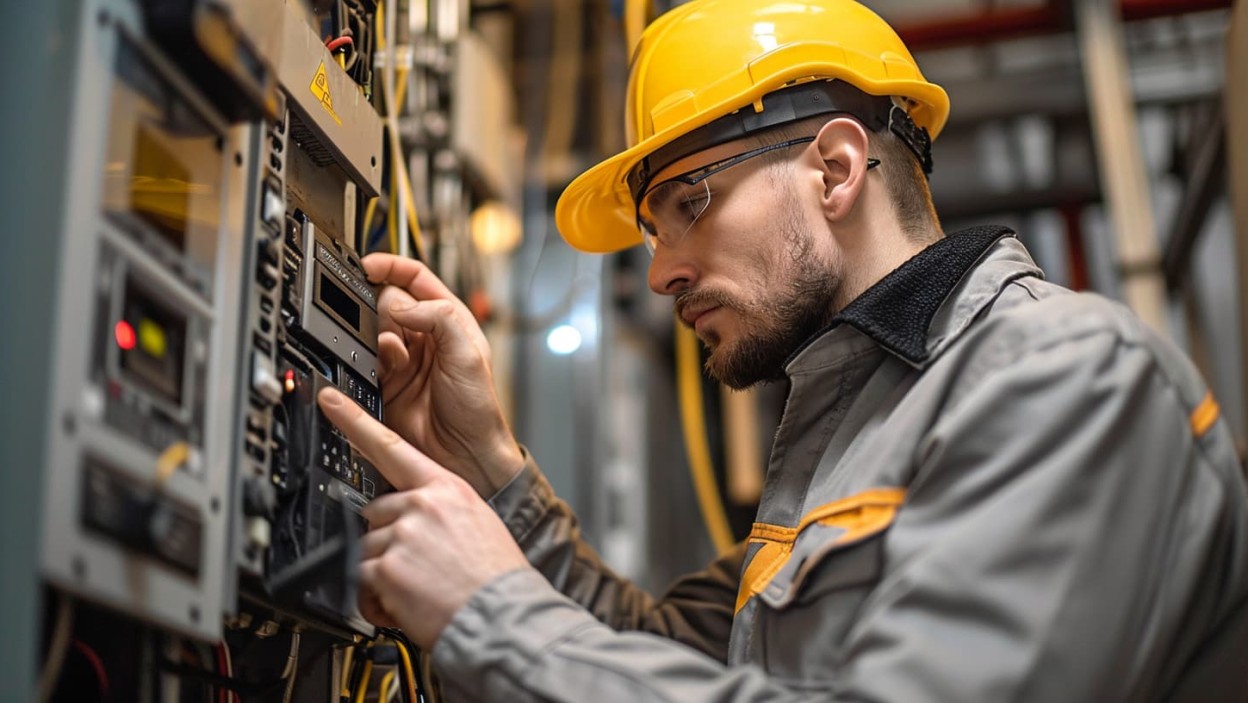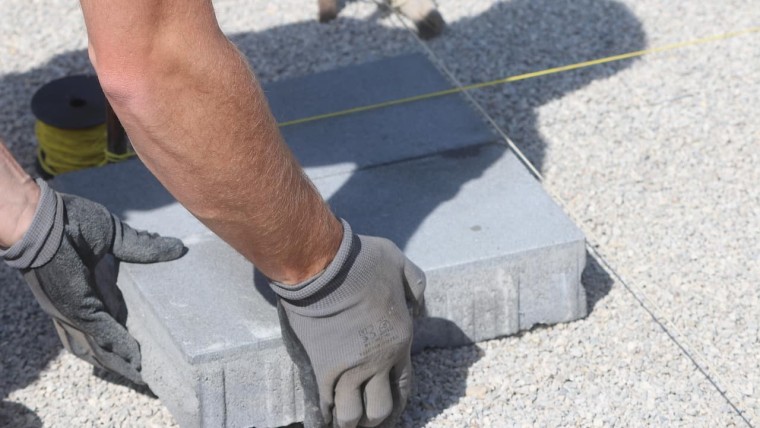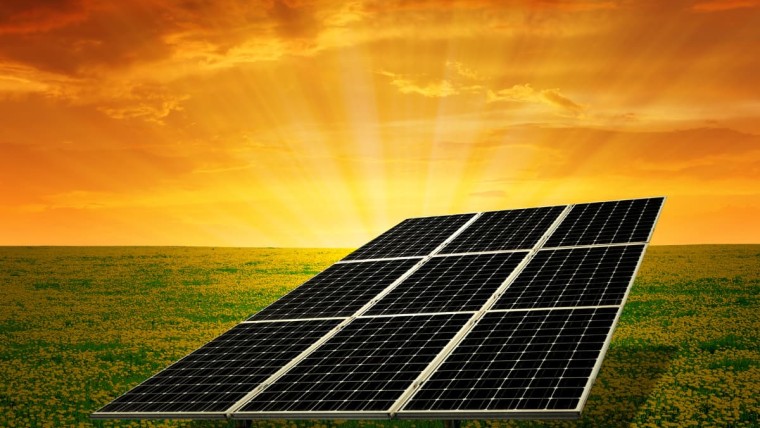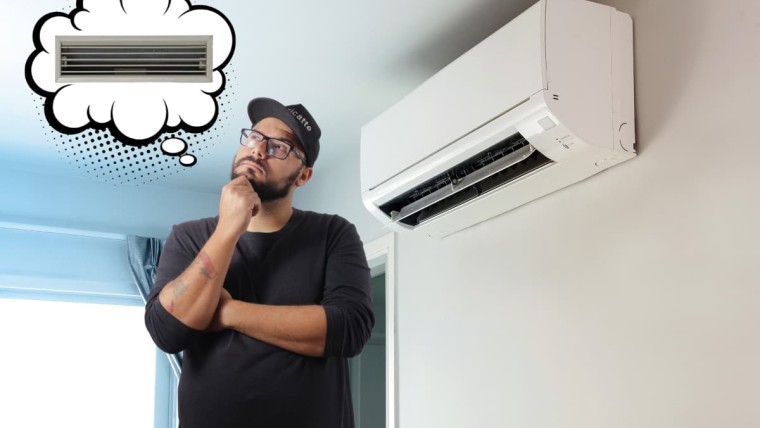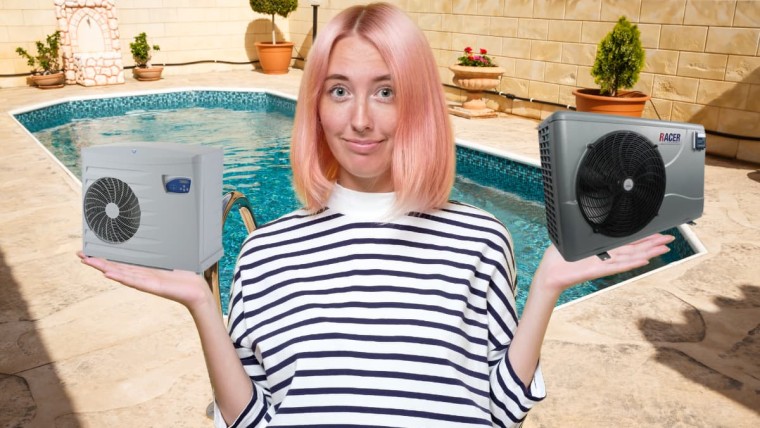If you've already looked at some heat pump documentation or data sheets from various manufacturers, you'll have noticed that the majority of heat pumps are offered in 230V single-phase, but that some are in 3x400V or three-phase. But what's the point of three-phase? And do you need it for your home?
The advantage of three-phase is that it delivers more power than single-phase, and ensures greater stability and better load distribution than single-phase.
After looking at the differences between single-phase and three-phase current, we'll see when to choose three-phase heat pumps, and how to switch from single-phase to three-phase if that's what you need.
The difference between single-phase and three-phase current
Single-phase current is the most common in France and in most European countries, except Switzerland, for example, which favors three-phase.
Single-phase is a single phase + neutral. The voltage difference between phase and neutral is 230V. This type of current is well suited to common household appliances, electric radiators, small heat pumps, lights, computers, etc.
Three-phase means three phases + neutral. These 3 phases are out of phase. Each of the 3 phase cables carries an alternating voltage. This type of current is suitable for more energy-intensive appliances operating at 400V. Most heat pumps over 10 or 12 kW are of this type. This type of power is necessary for larger homes. Villa 250-300m2 for example.
Why use three-phase for a heat pump?
As you've guessed, three-phase power allows you to run higher wattages. So it's perfect for medium to large-sized homes. If your home is small but you need more than 10kW of power, it's because you're poorly insulated or live at a high altitude.
But that's not the only advantage of three-phase current for a heat pump!
In fact, we can also point to a greater stability of three-phase current versus single-phase current. Single-phase current is a sinusoidal wave which cycles through 360 degrees and therefore passes through 0 twice during this cycle. The first time, as it rises from negative to positive phase, and the second time, as it falls from positive to negative phase. This implies current fluctuations and instabilities.
Three-phase, on the other hand, consists of three phases of 120 degrees each, which complement each other, and therefore the power flow is less unstable, since when one phase decreases, the other increases and compensates.
On the other hand, the better load management This is because the load is distributed over 3 phases instead of just one. Each phase carries part of the load, which reduces the load on each phase. This means lower starting currents for a heat pump, since it's spread over 3 phases.
This is ideal if the heat pump starts up frequently, and reduces the energy consumed by compressor start-up. It also reduces wear and tear on components due to high starting currents, thus extending the life of the heat pump.
When should you choose a three-phase heat pump?
If you need less than 10 kW, we recommend you stick with a single-phase heat pump. It will be less expensive to buy and will be sufficient for your needs.
If power exceeds 10 or 12kW: we recommend switching to three-phase. In fact, for this higher power requirement, this will make it easier to reach higher wattages, with greater stability, better load distribution and therefore longer equipment life.
However, opting for a three-phase heat pump may require a change of meter, which needs to be factored into the overall budget.
How do I switch from a single-phase to a three-phase meter, and how much does it cost?
If you need a lot of power, because of a heat pump for heating of over 12 kW for example, or because you want to heat the swimming pool, which is quite large, via a swimming pool heat pump, then you need to install a three-phase meter.
- Ask your electricity supplier
- The technician will come by to check feasibility and propose a quote which, if accepted, will involve the necessary modifications.
- The power cable will be replaced
- The breakdown will be adjusted between phases
In France, it costs just over €170 to switch from single-phase to three-phase.

Julien G.
Juliena mechanical engineering graduate and specialist in climate engineering since 2009, has become a writer specializing in renewable energies, with expertise in heat pumps and photovoltaic solar panels for individual housing.
See all articles by this author
